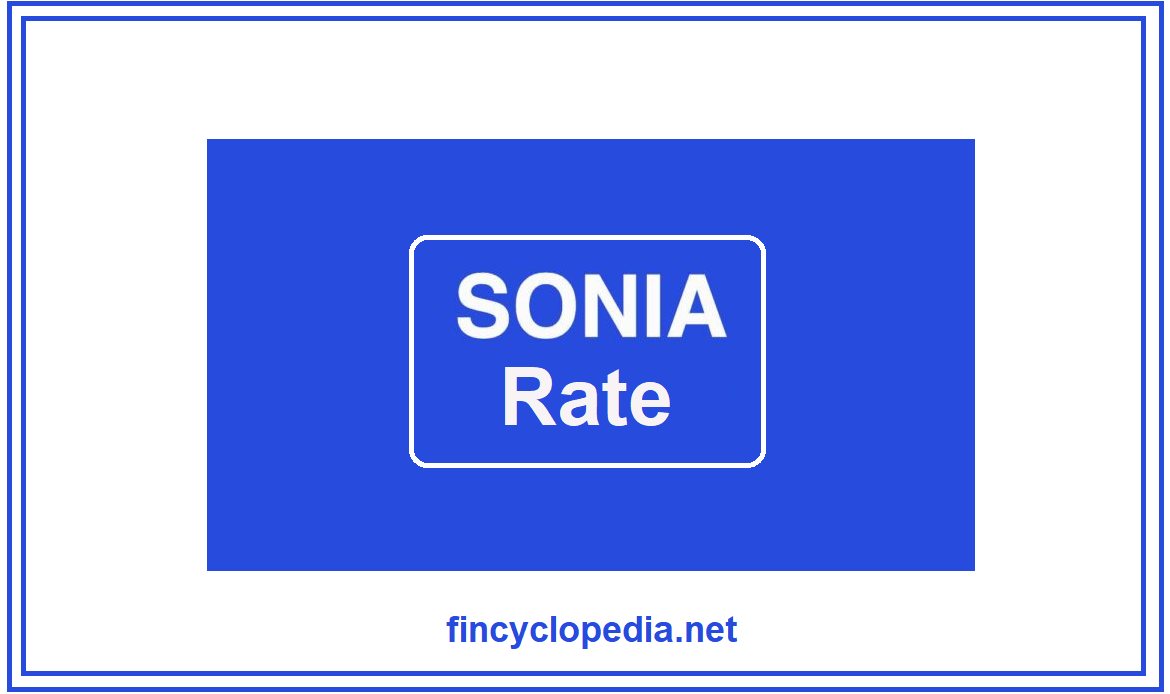Entry price refers to the purchase price of an asset/ liability that is determined based on the amount required to exchange the asset or liability in an orderly transaction between market participants. Exchange refers to the sale of the asset or transfer of the liability at the measurement date. On the other hand, exit price constitutes the sale price of an asset/ liability that is determined based on the amount required to exchange the asset or liability in an orderly transaction between market participants.
Entry price represents the perspective of buy-side: what a company would pay to acquire an asset or pay to settle a liability. Fair value was previously viewed as entry price. It is now synonym with an exit price (sell-side). Exit price reflects the standpoint of sell-side: what a company would receive if it were to sell the asset in the marketplace or paid if it were to transfer the liability.
If fair value is supposed to represent the price in a sale or a transfer, that price is simultaneously an exit price for the seller and an entry price for the buyer.





